Introduction It is an American Single Engine, Medium Capability Fifth Generation Fighter. There is a family of different aircrafts based on F 35. The F 35 is currently being introduced in service. F 35 is a single engine, single seat, stealth, multirole, fifth generation fighter aircraft. deployed for combat by the United States Air Force and various other Air Forces allied to US. It is an outcome of the erstwhile Joint Strike Fighter (JSF) Program initiated by the US to replace various aircrafts in service with US military. It is also thus the most costly Fifth Generation Fighter Program because it aims to satisfy multiple requirements in a single airframe. The JSF was intended to replace F 14 Tomcat, F 16 Falcon, F/A 18 Hornet, A-10 Thunderbolt and AV-8B Harrier aircrafts and all their variants. F-35 JSF development is being principally funded by the United States with additional funding from partners. The partner nations are either NATO members or close U.S. allies. The United Kingdom, Italy, Australia, Canada, Norway, Denmark, the Netherlands, and Turkey are part of the active development program; several additional countries have ordered, or are considering ordering, the F-35. All the partner nations have started receiving F 35 aircrafts. To keep development, production, and operating costs down, a common design was planned in three variants that share 80 percent of their parts: 1 F 35A (CTOL) conventional take off and landing variant. 2 F 35B (STOVL) short-take off and vertical-landing variant. 3 F 35C catapult assisted takeoff but arrested landing ( CATOBAR ) carrier-based (CV) variant. On 31 July 2015, the first squadron was declared ready for deployment after intensive testing by the United States. The F 35 program heralds beginning of a new generation of smart aircrafts capable of accomplishing mulitiple tasks in minimum collateral damage. Unlike F 22 Raptor F 35 is an omnirole aircraft. It is all set to define many standards that would guide fighter aircraft programs in coming years. The F 35 shows a shift in comprehensive strategy of military. Earlier a high firepower capable strengthened airframe was used for dedicated strike role. But now strike aircrafts will have just enough firepower to accomplish a specific task with utmost perfection. Pilots flying older generation aircraft used to be menatlly prepared that a battlefield is a highly uncertain enviornment where matters could turn up against us within a fraction of time any moment. But The smart fighter F 35 owing to it's avionics is always alert about all kinds of threat in nearby enviornment virtually eleminating surprises. The F 35 pilot would know very early and would be able to guess what would happen in next few moments, and thus pilot would be able to take a counteraction and would be having enough time to make a decision. Program History Originally two different programs named Common Affordable Lightweight Fighter (CALF) and Joint Advanced Strike Technology (JAST) were started for US Marine Corps, US navy and US Air Force. The CALF was a DARPA ( Defence Advanced Research Projects Association) program to develop a STOVL strike fighter (SSF) for the United States Marine Corps and replacement for the F 16 Fighting Falcon. The United States Air Force passed over the F 16 Agile Falcon in the late 1980s, essentially an enlarged F-16, and continued to mull other designs. In 1992, the Marine Corps and Air Force agreed to jointly develop the Common Affordable Lightweight Fighter, also known as Advanced Short Takeoff and Vertical Landing (ASTOVL). CALF project was chosen after Paul Bevilaqua persuade the Air Force that his team's concept (if stripped of its lift system) had potential as a complement to the F-22 Raptor. Thus, in a sense the F-35B begat the F-35A, not the other way around. The Joint Advanced Strike Technology (JAST) program was created in 1993, implementing one of the recommendations of a United States Department of Defence (DoD) "Bottom-Up Review to include the United States Navy in the Common Strike Fighter program." The JAST program office was established on 27 January 1994 to develop aircraft, weapons, and sensor technology with the aim of replacing several disparate US and UK aircraft with a single family of aircraft; the majority of those produced would replace F-16s. Merrill McPeak, former Chief of Staff of the United States Air Force, has complained that Les Aspin's decision to force all three services to use a single airframe greatly increased the costs and difficulty of the project. In November 1995, the United Kingdom signed a memorandum of understanding to become a formal partner, and agreed to pay $200 million, or 10% of the concept demonstration phase. In 1997, Canada's Department of National Defence signed on to the Concept Demonstration phase with an investment of US$10 million. This investment allowed Canada to participate in the extensive and rigorous competitive process where Boeing and Lockheed Martin developed and competed their prototype aircraft. Thus The JSF program was born. The JSF program started in 1993 and led to STOVL submissions to the DOD by Boeing, Northrop Grumman, McDonnell Douglas & Lockheed Martin 1) McDonnell Douglas proposed an aircraft powered by a reheated turbofan, with a remote gas-driven fan to augment lift in the STOVL mode. Later, General Electric did a ground demonstration of this engine configuration. 2) The Northrop Grumman aircraft featured an auxiliary lift engine augmenting the dry thrust from a reheated turbofan fitted with a pair of thrust-vectoring nozzles. 3) The Lockheed Martin aircraft concept used a reheated turbofan with thrust augmentation from a remote shaft-driven lift fan. This engine configuration was to lead eventually to the F 119-PW-600 which powers the F 35 B JSF production aircraft. 4) Boeing decided against thrust augmentation. They proposed an aircraft powered by a reheated turbofan that could be reconfigured (in the STOVL mode) into a direct lift engine with a pair of thrust-vectoring nozzles located near the aircraft centre-of-gravity. This led to the F119-PW-614S which powered the X32B JSF demonstrator. Two contracts to develop prototypes were awarded on November 16, 1996, one each to Lockheed Martin and Boeing. Each firm would produce two aircraft to demonstrate conventional takeoff and landing (CTOL), carrier takeoff and landing (CV version), and short takeoff and vertical landing (STOVL). McDonnell Douglas' bid was rejected in part due to the complexity of its design. Lockheed Martin and Boeing were each given $750 million to develop their concept demonstrators. Also in 1996, the Ministry of Defence of UK launched the Future Carrier Borne Aircraft project. This program sought a replacement for the Sea Harrier (and later the Harrier Gr7); the Joint Strike Fighter was selected in January 2001. The projected average annual cost of this program is $12.5 billion with an estimated program life-cycle cost of $1.1 trillion. Boeing X 32 |
AuthorPalash Choudhari Archives
April 2021
Categories
All
|
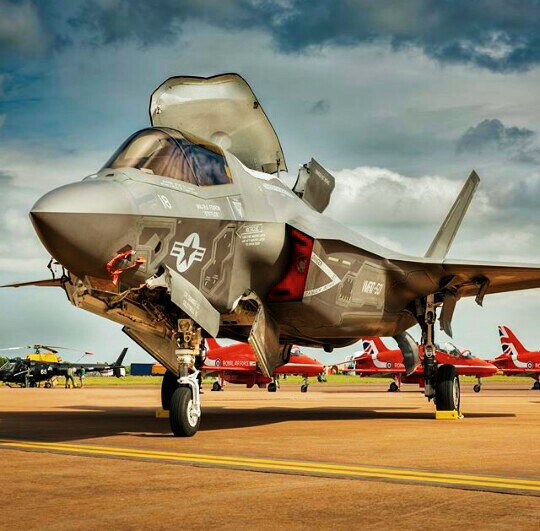
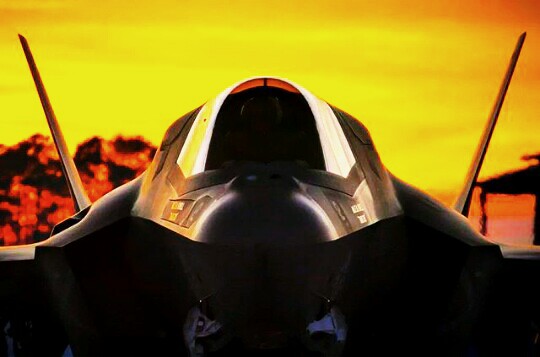
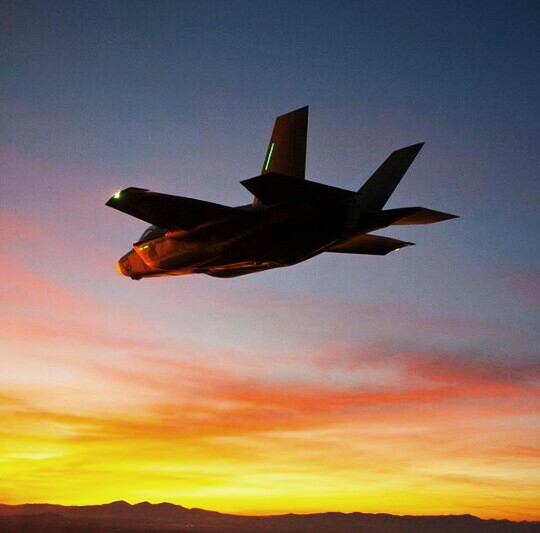
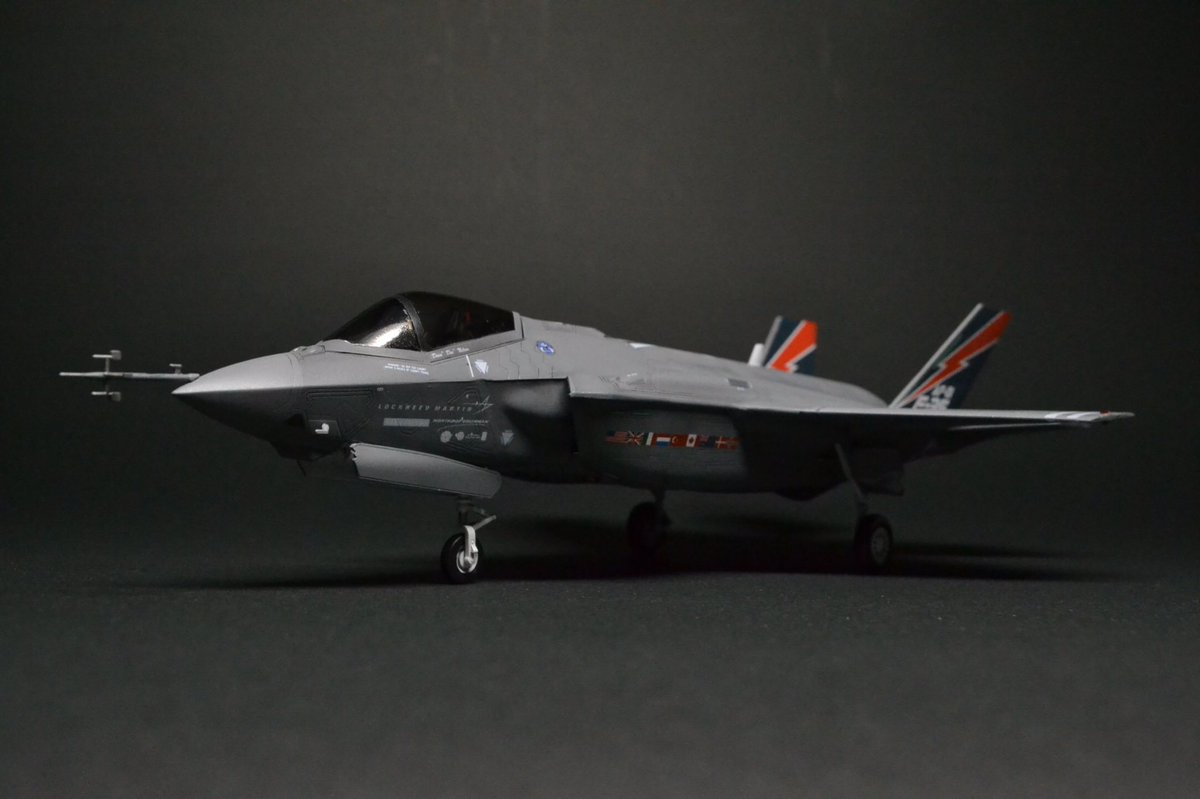
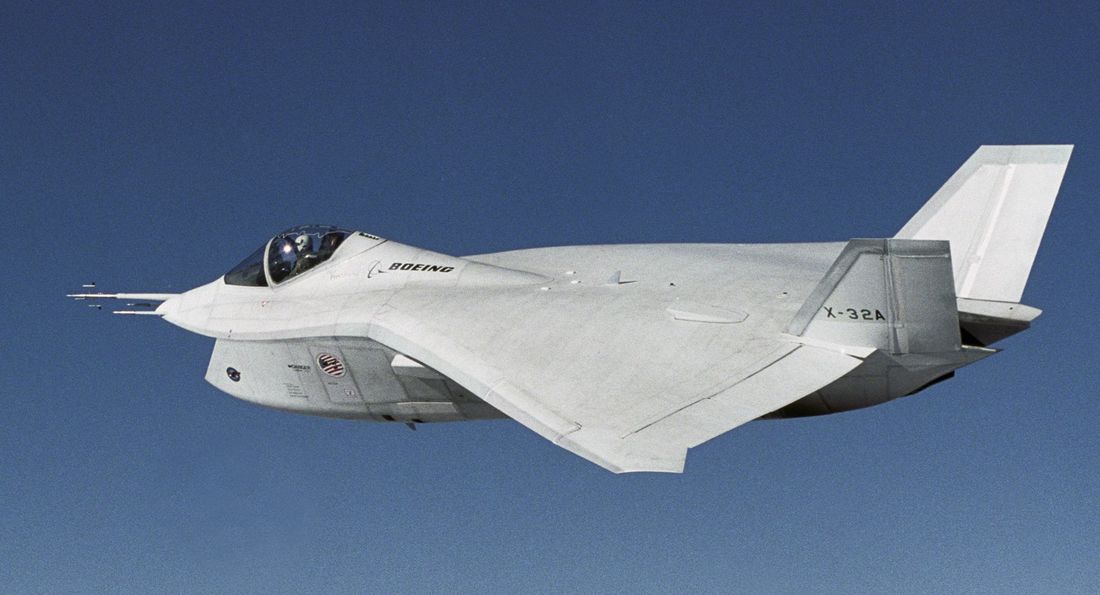
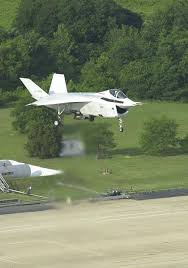
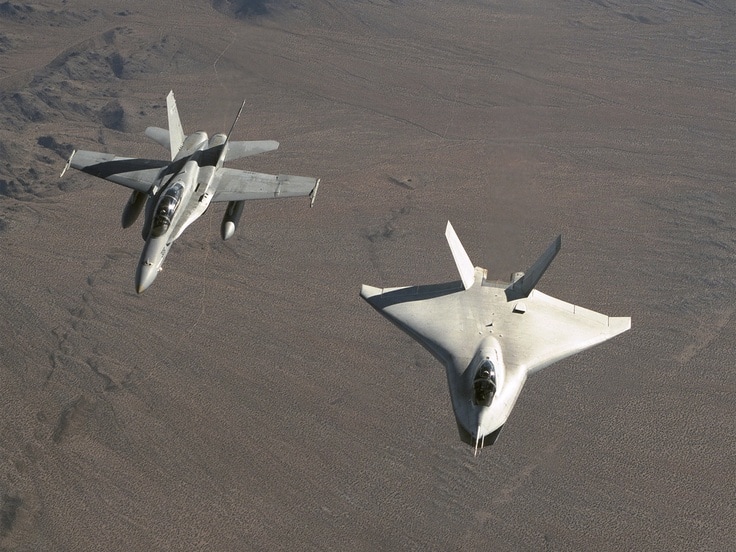
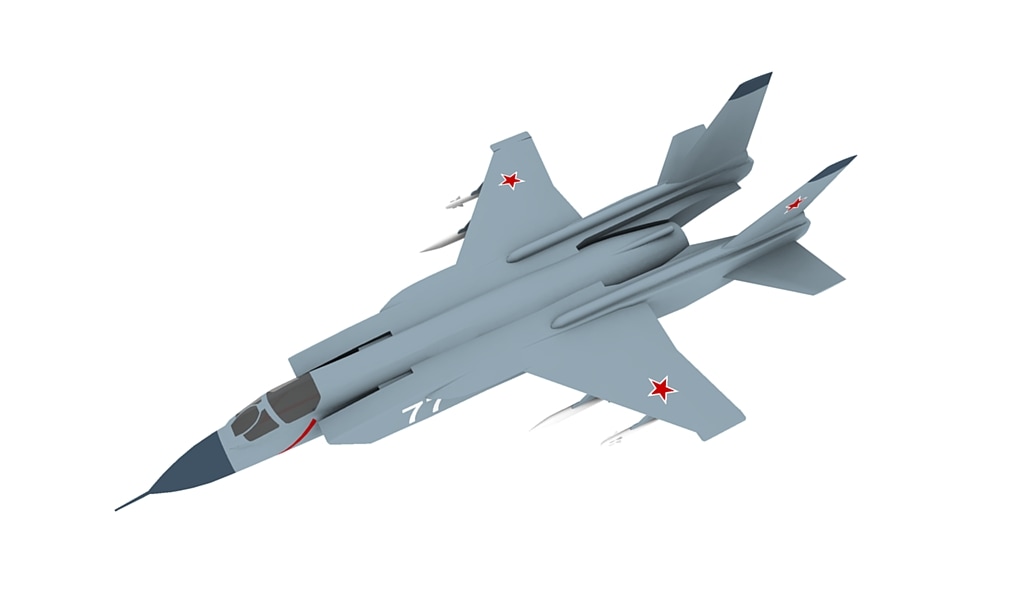
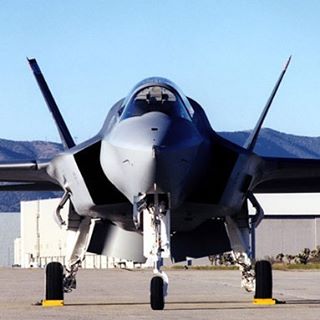
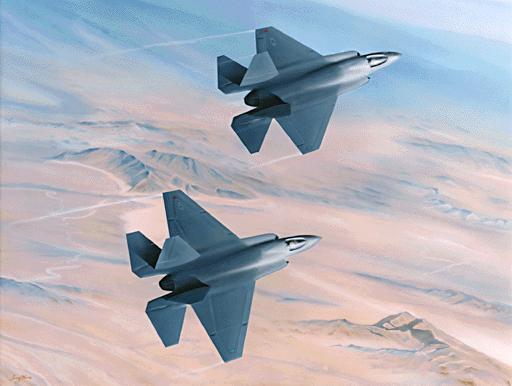
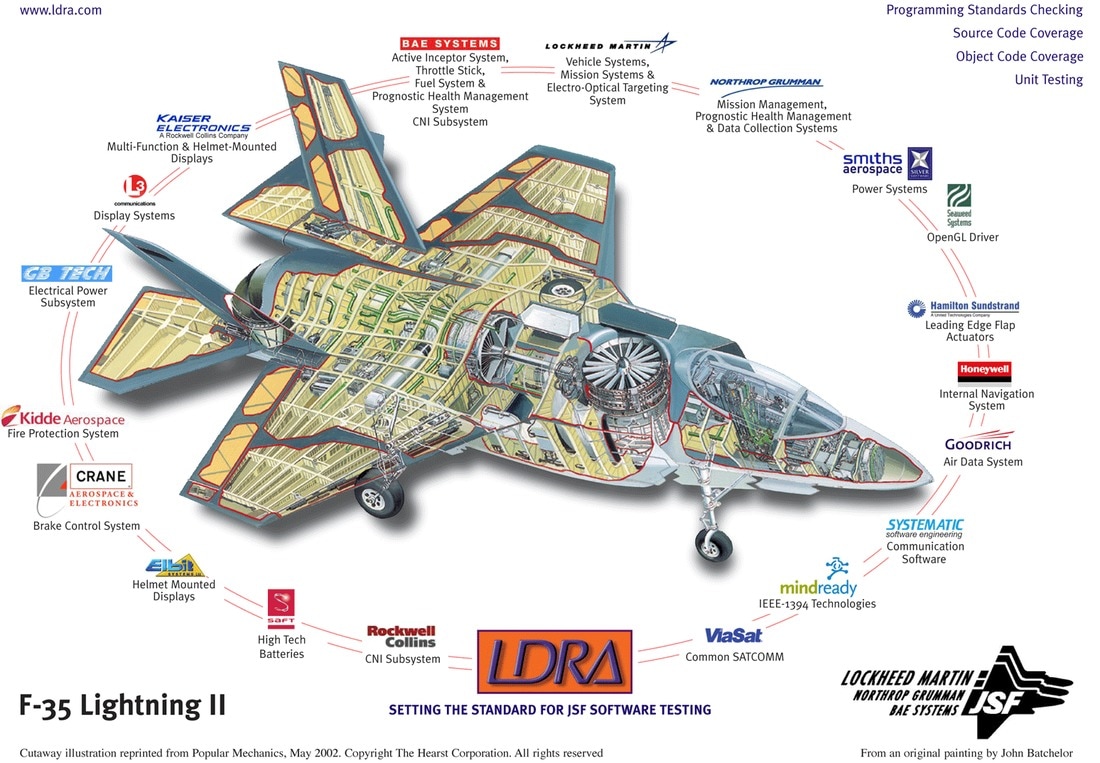
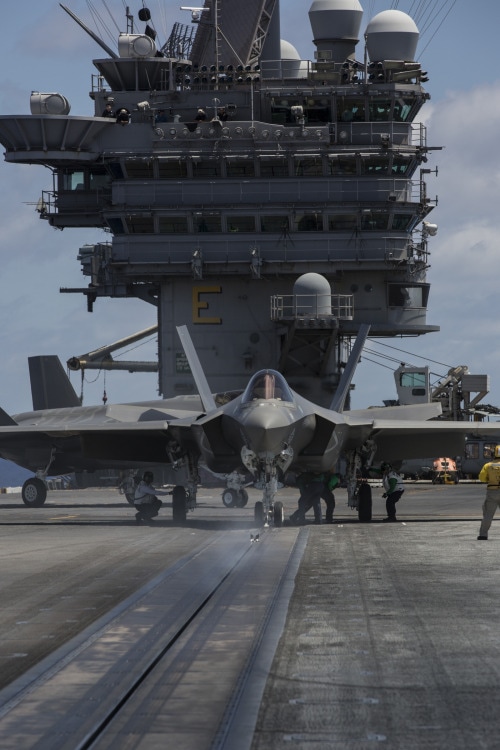
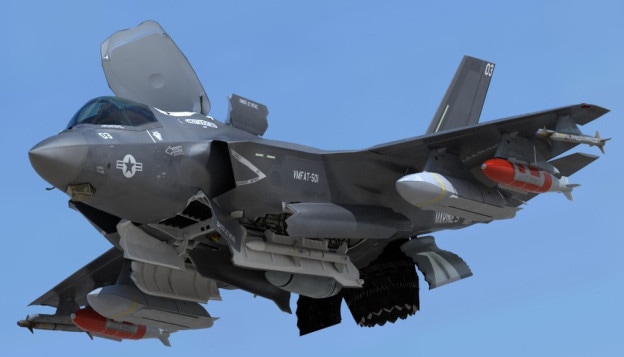
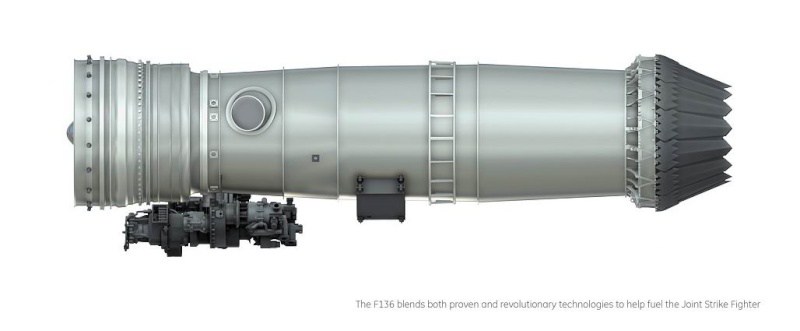
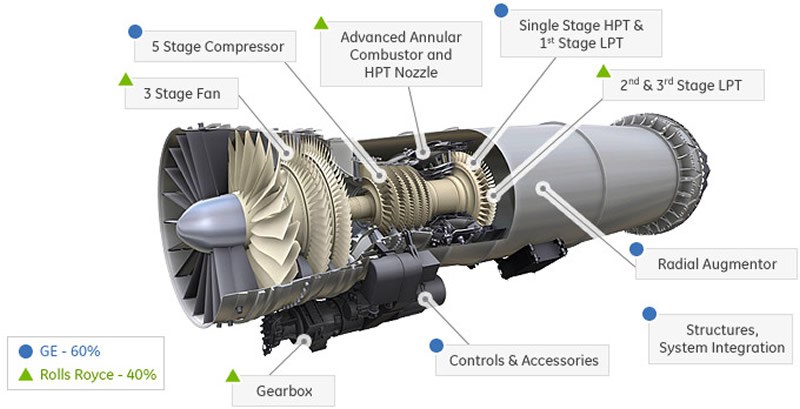
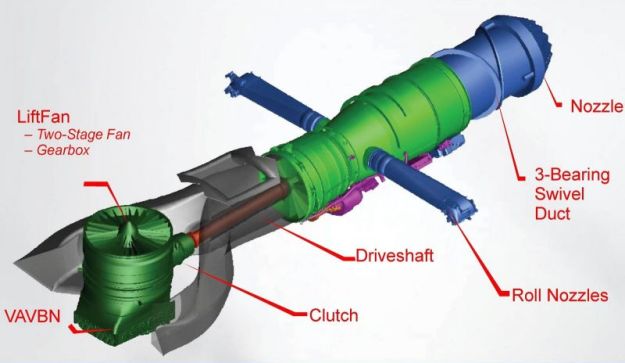
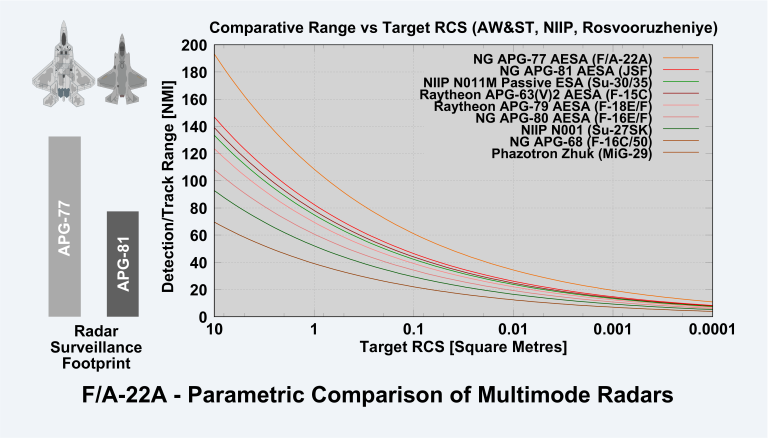
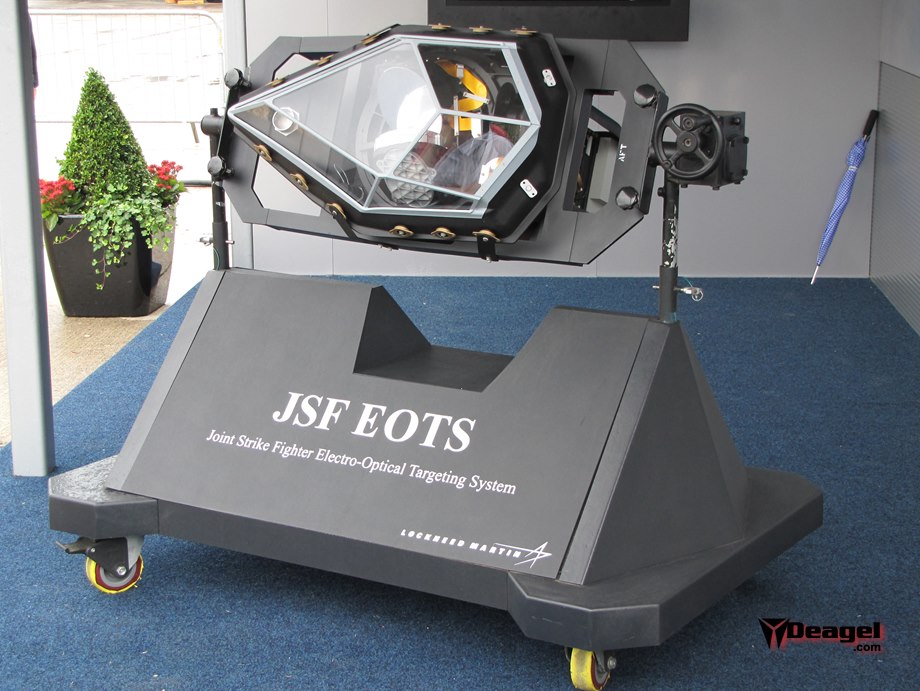
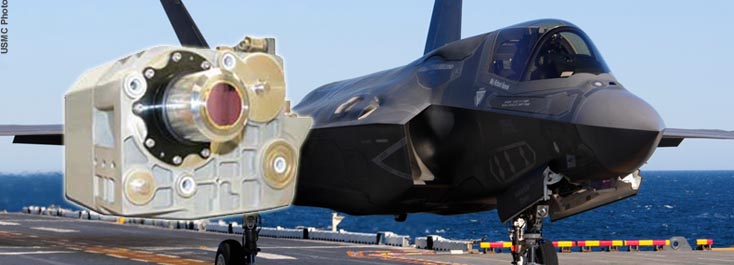
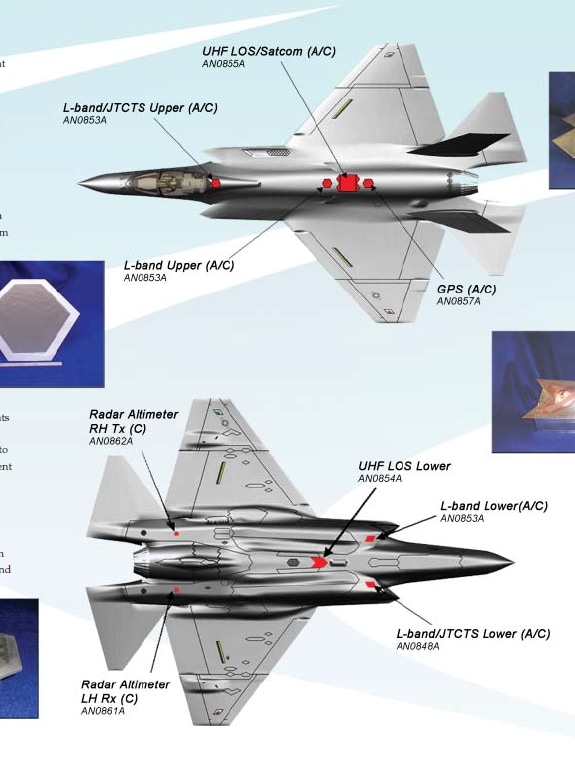
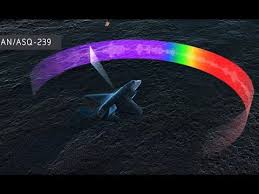
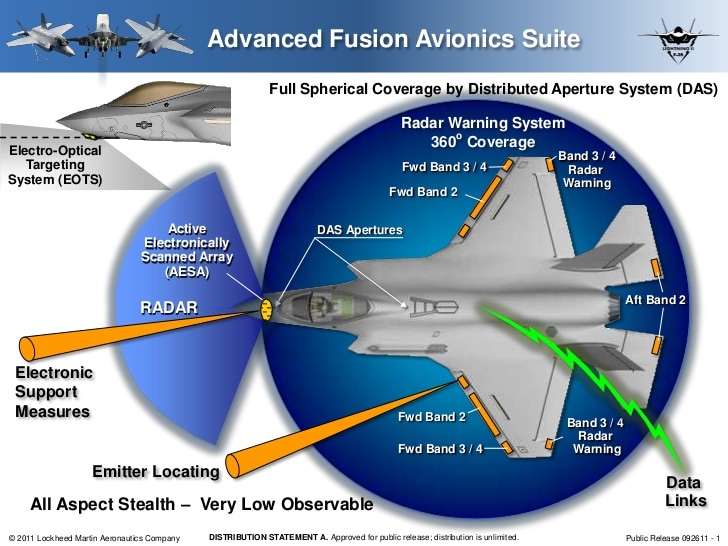
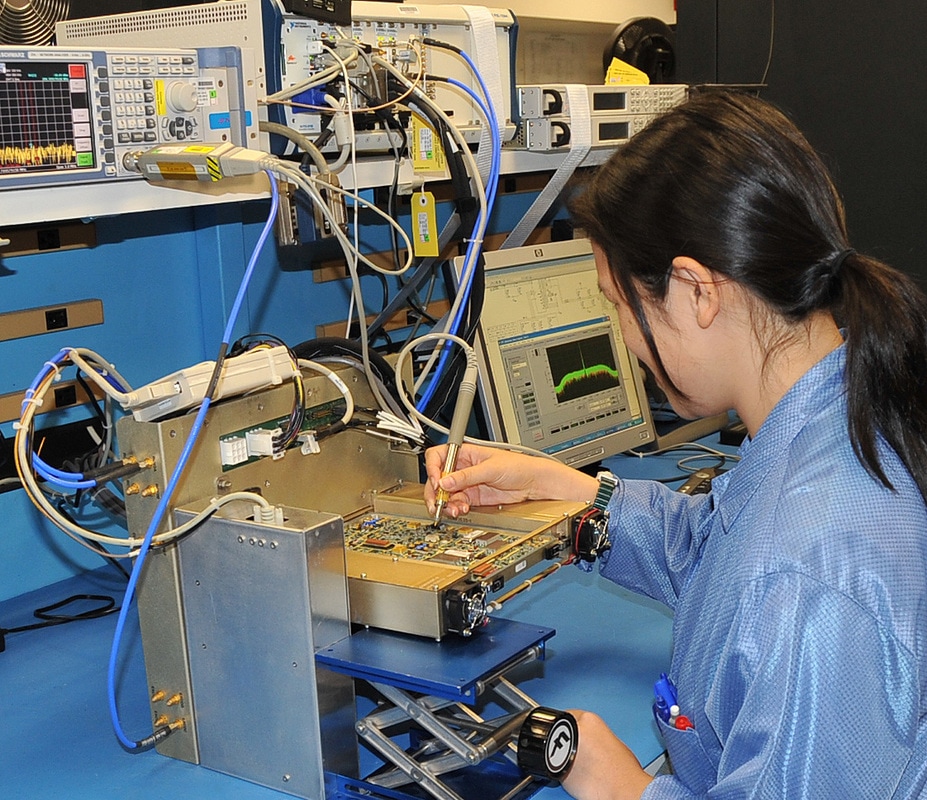
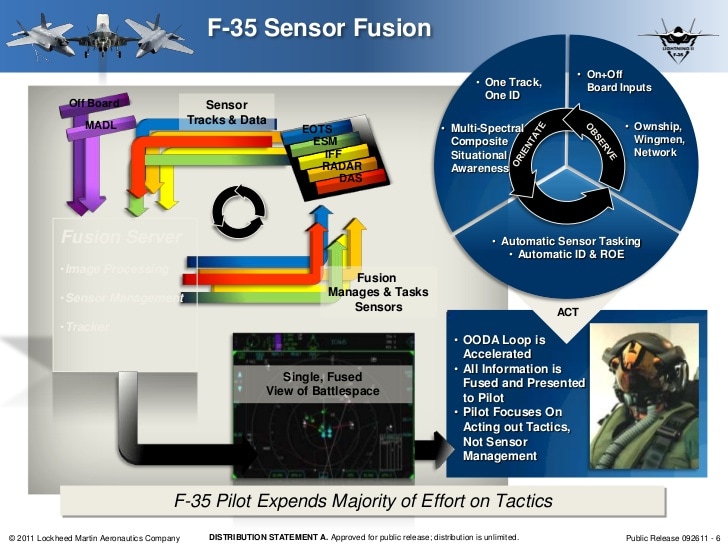
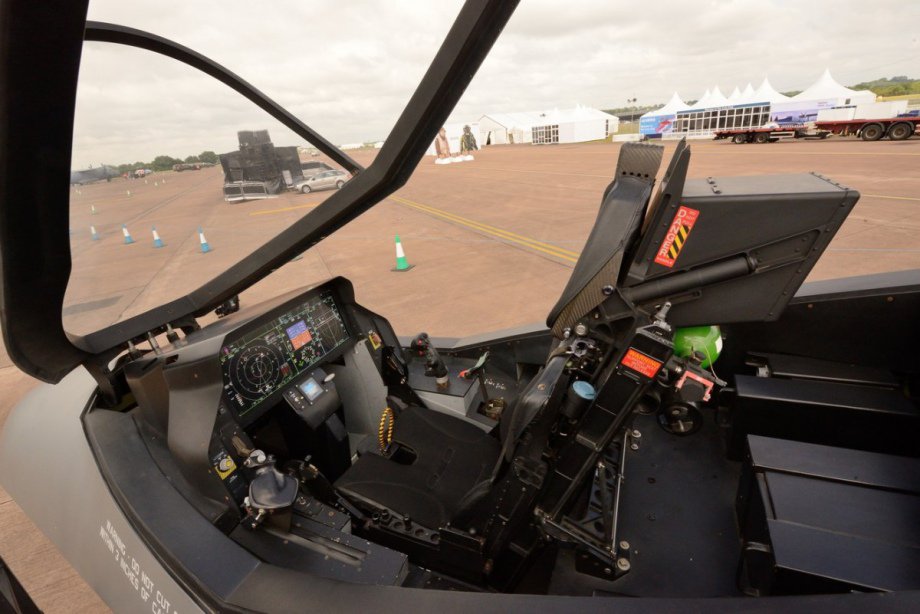
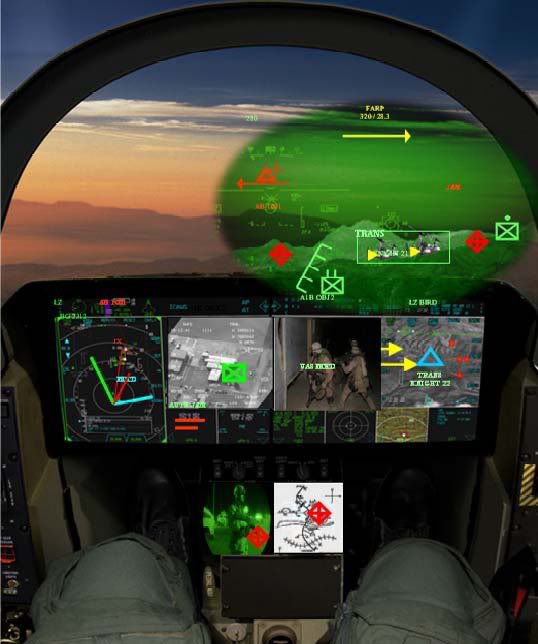
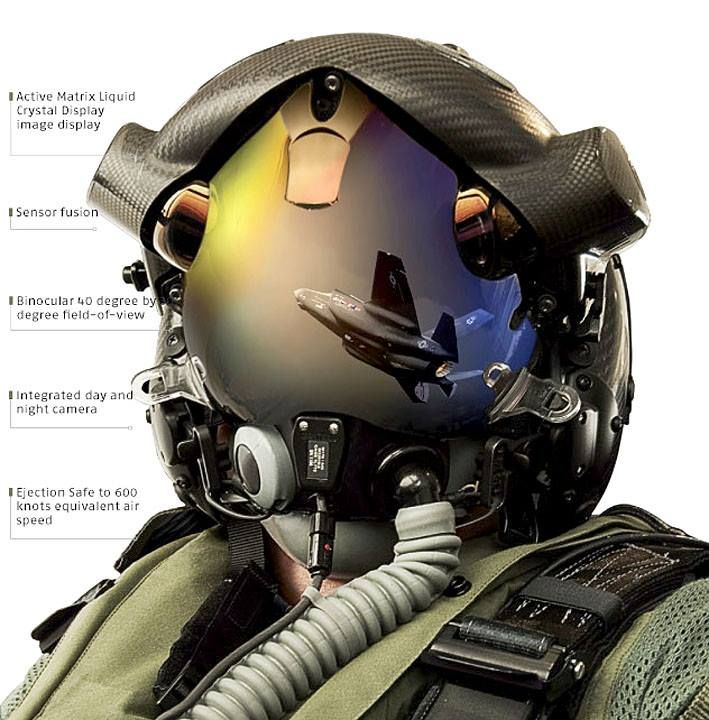
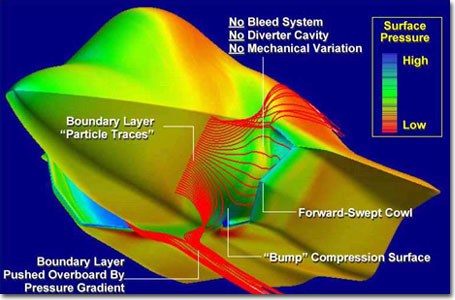
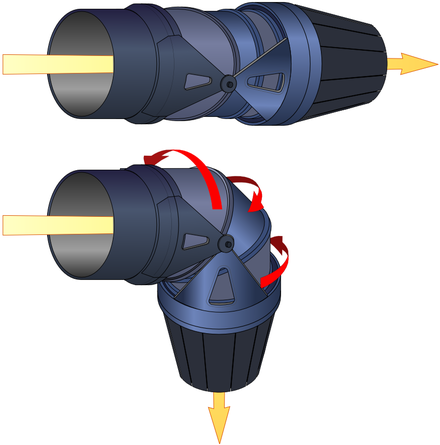
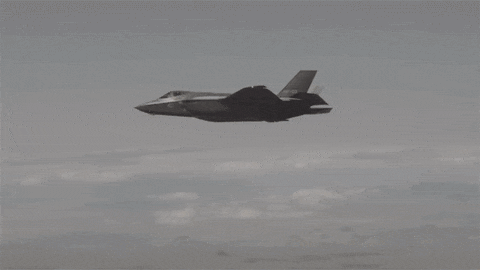
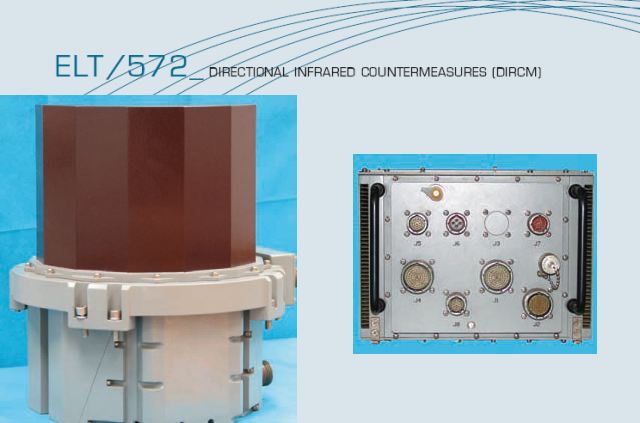
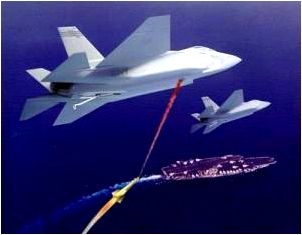
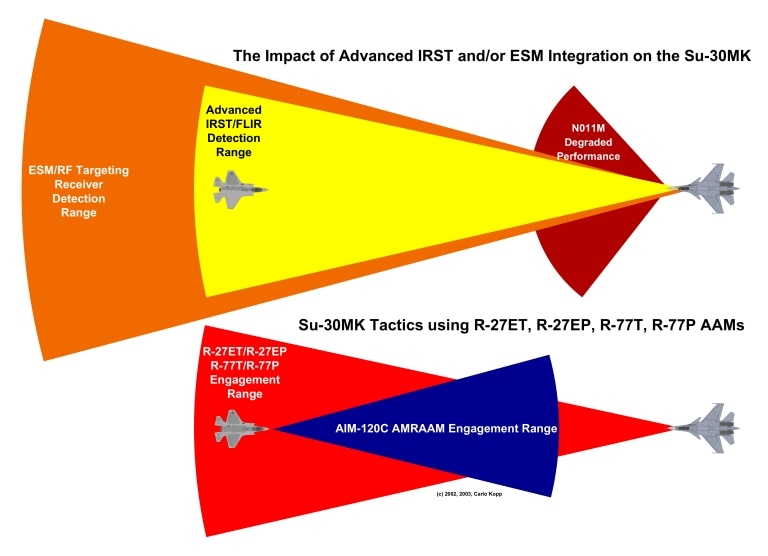
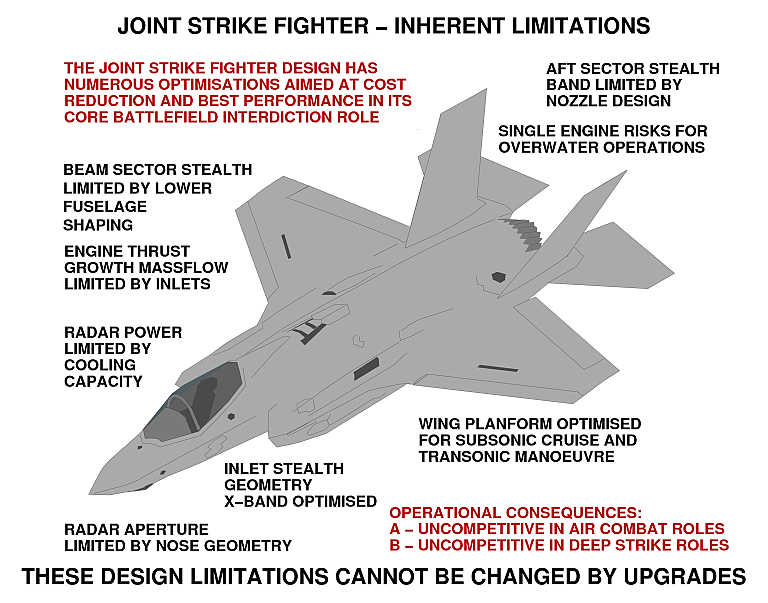
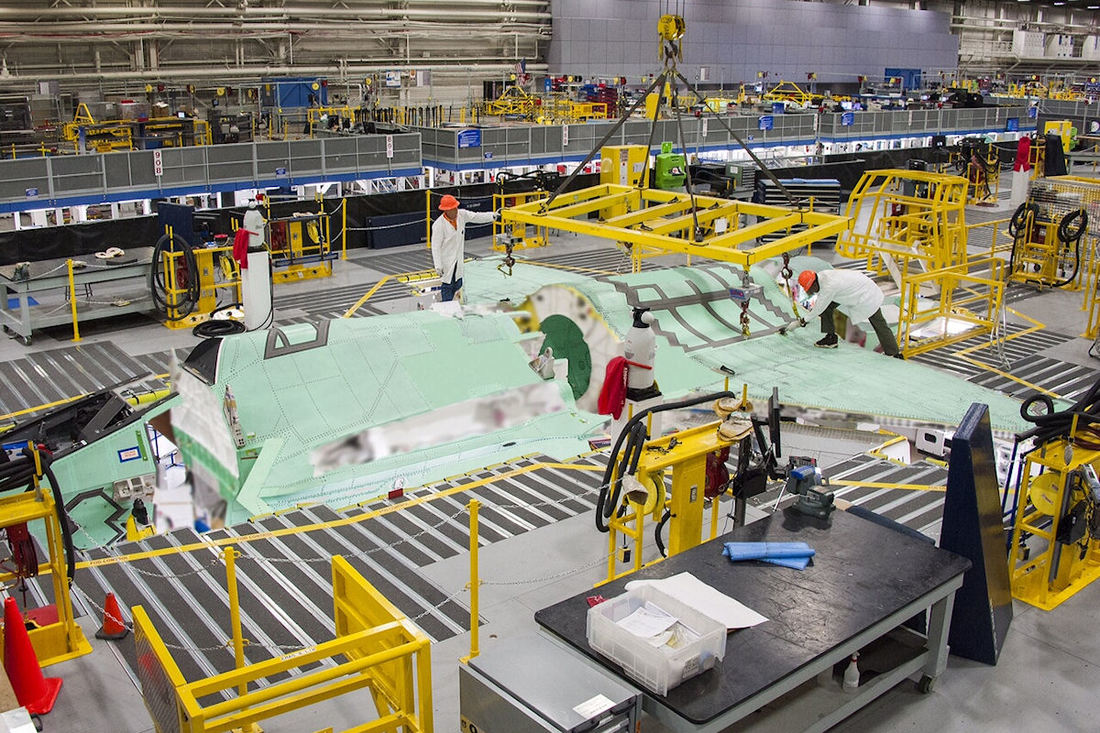
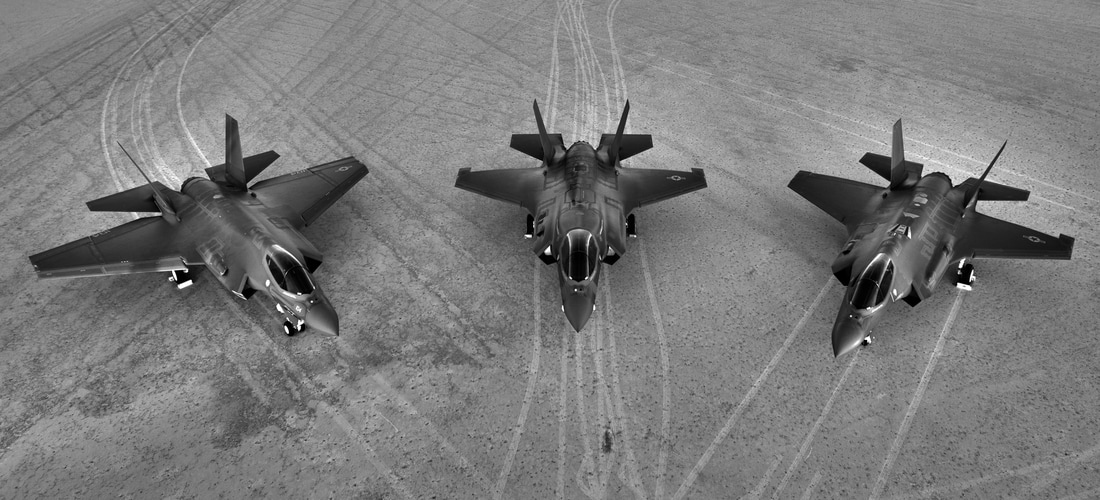
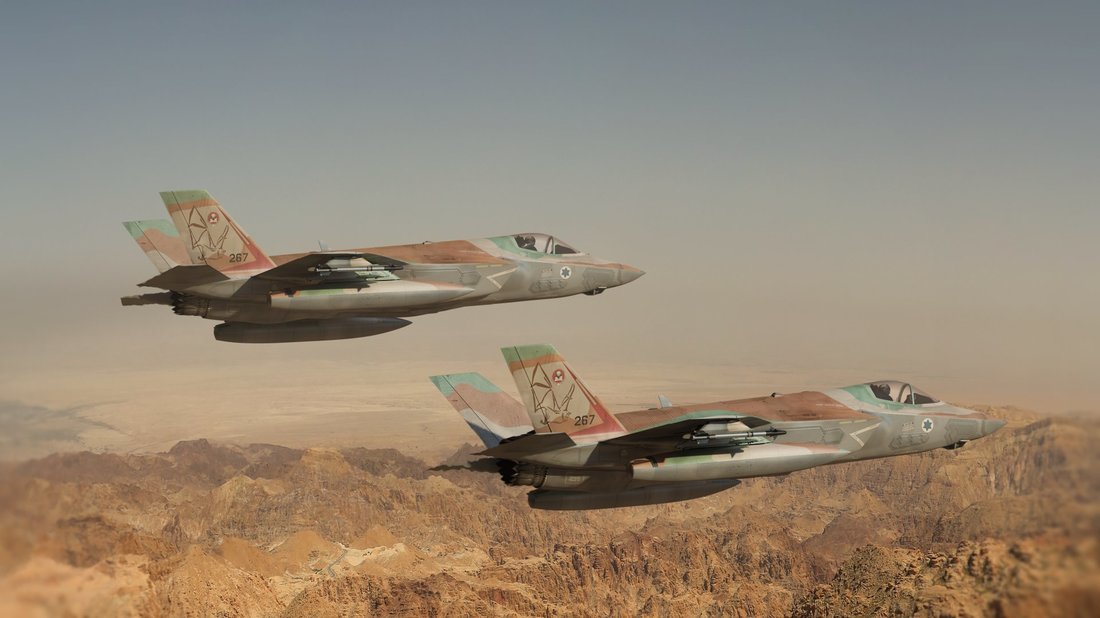
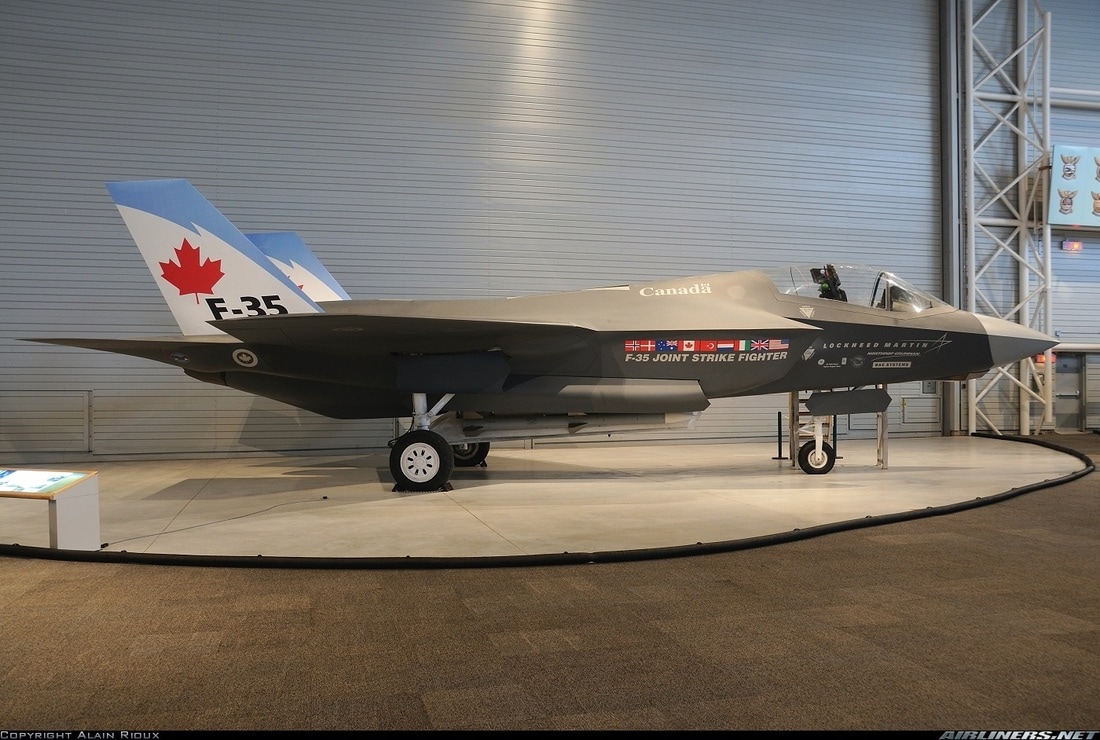
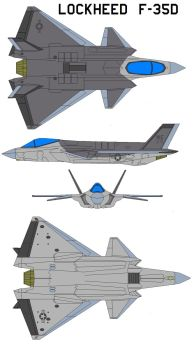
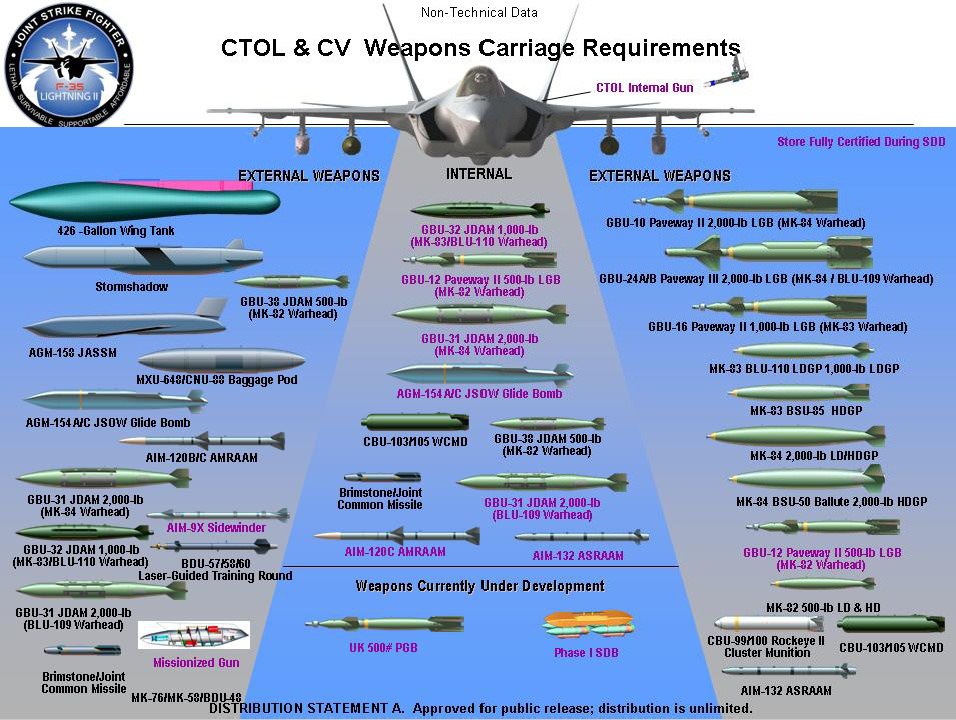
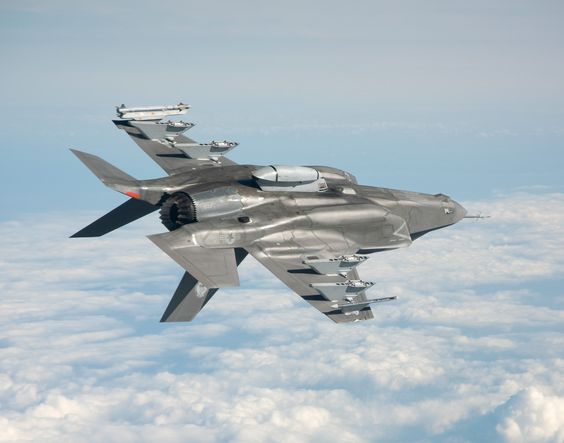
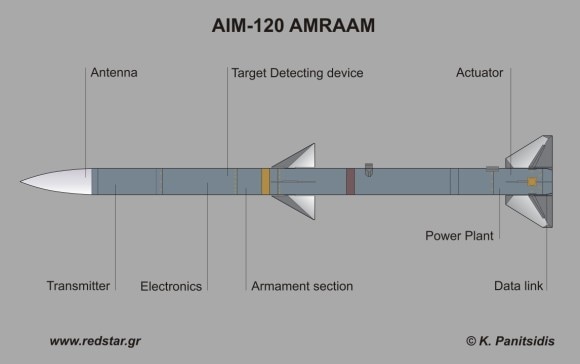
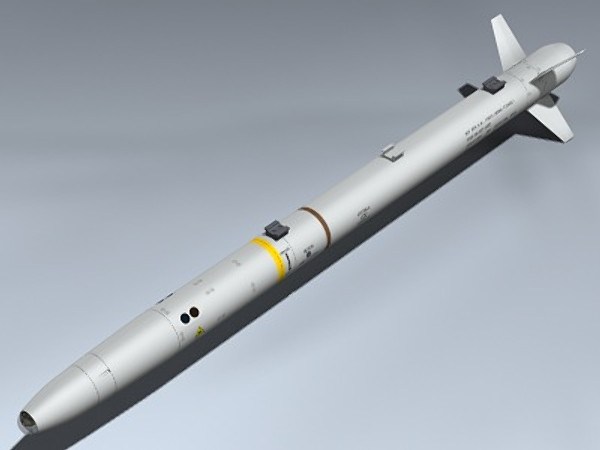
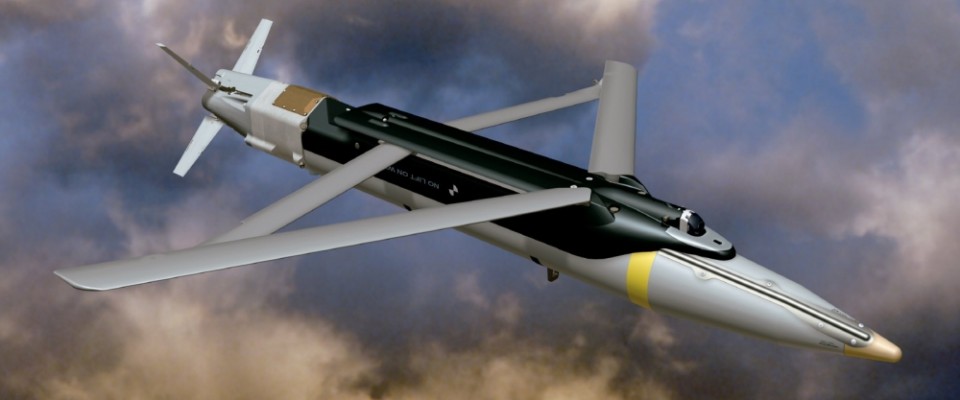
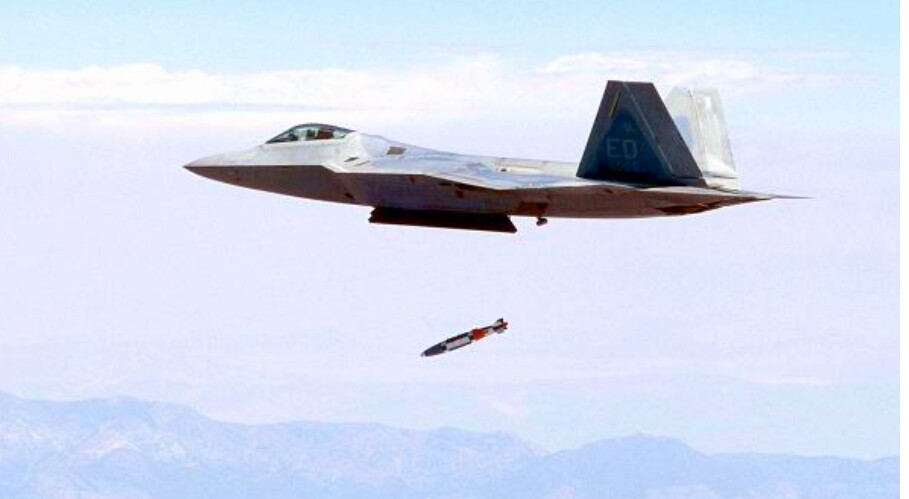

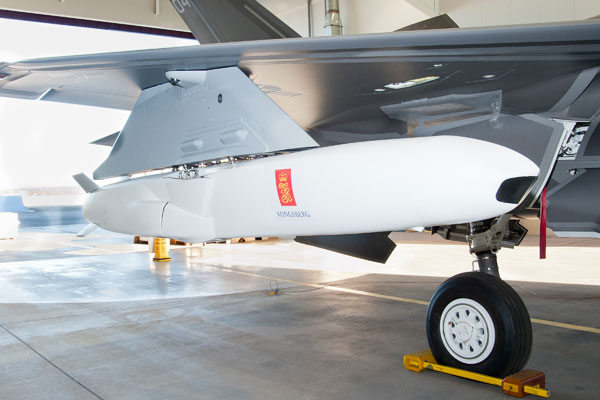
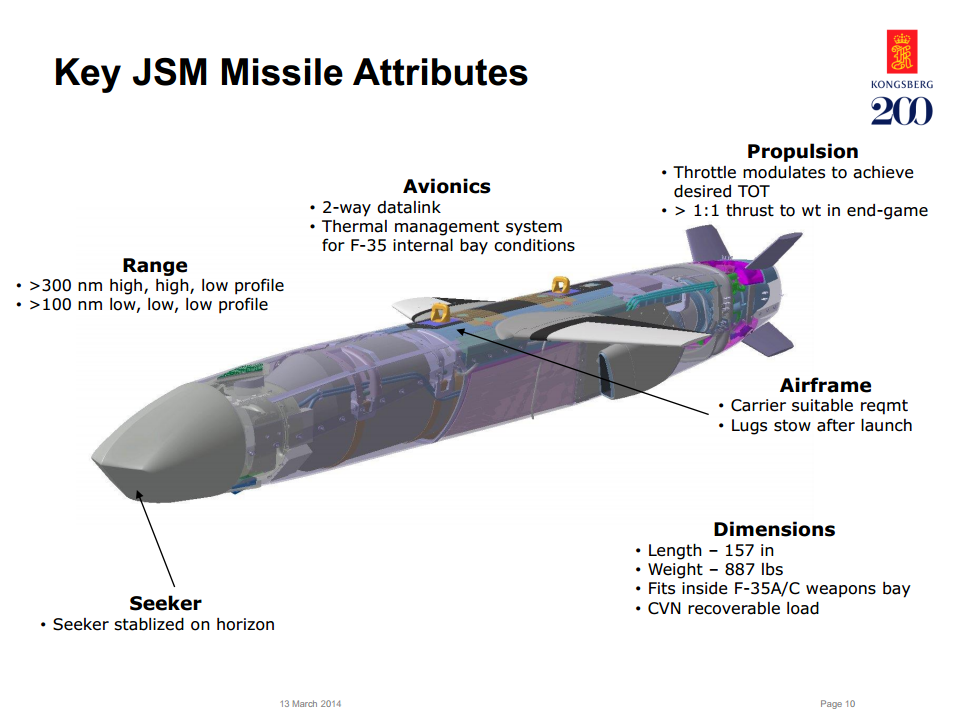
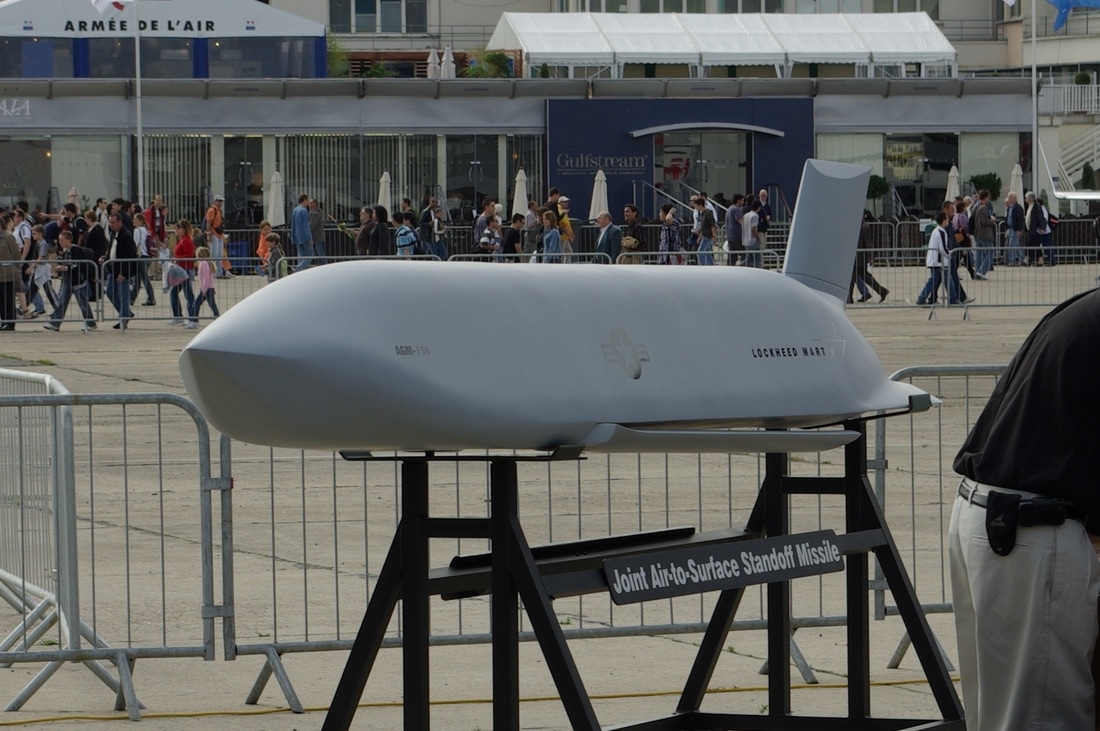
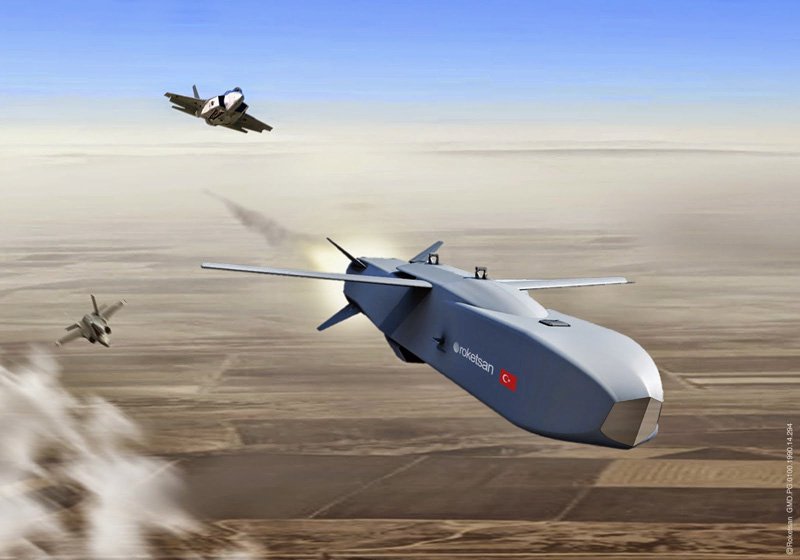
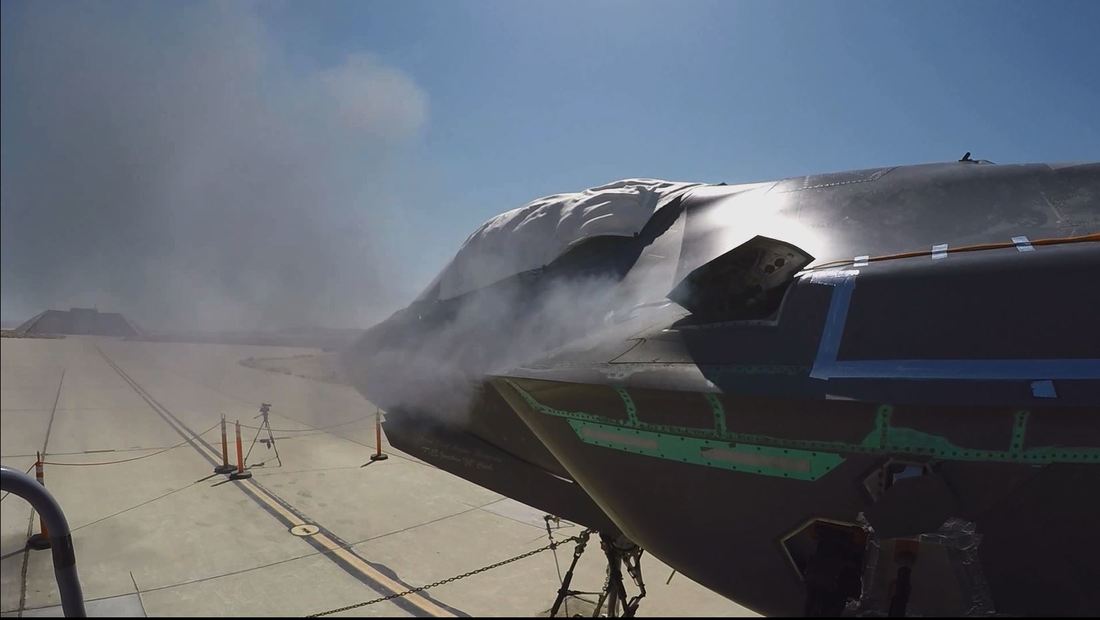
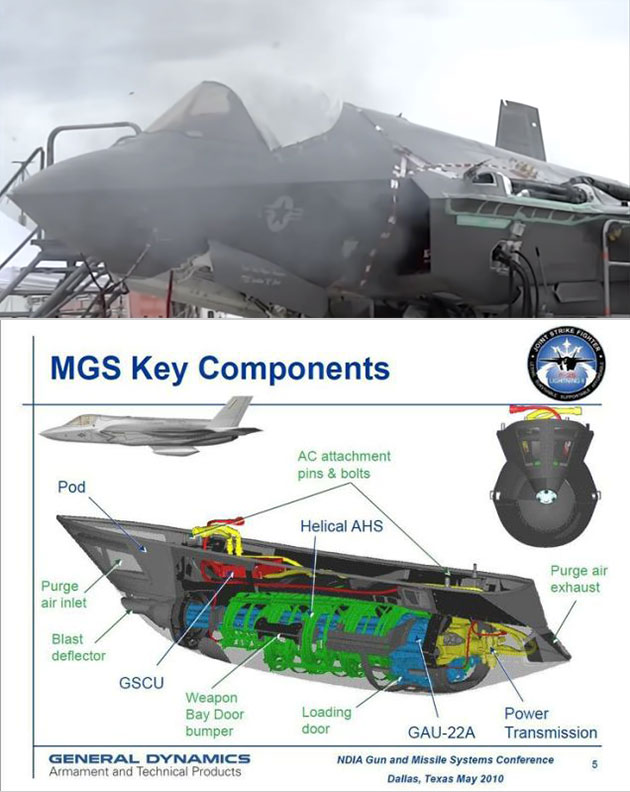
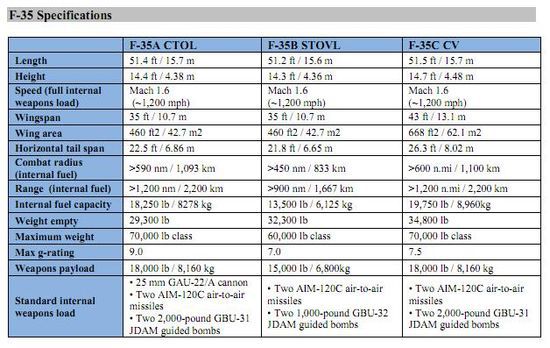
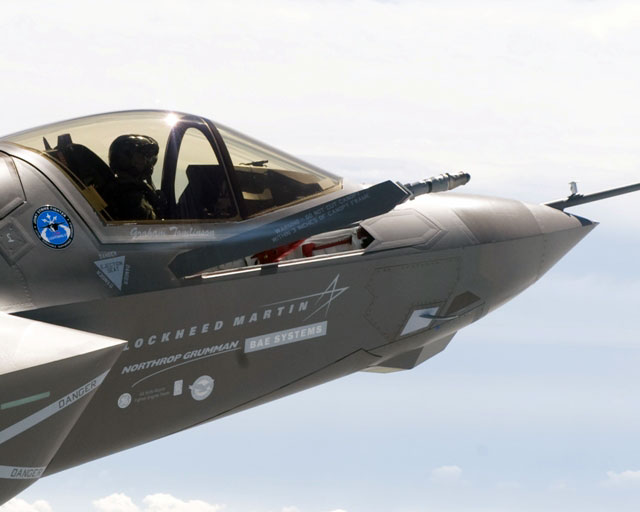
 RSS Feed
RSS Feed
